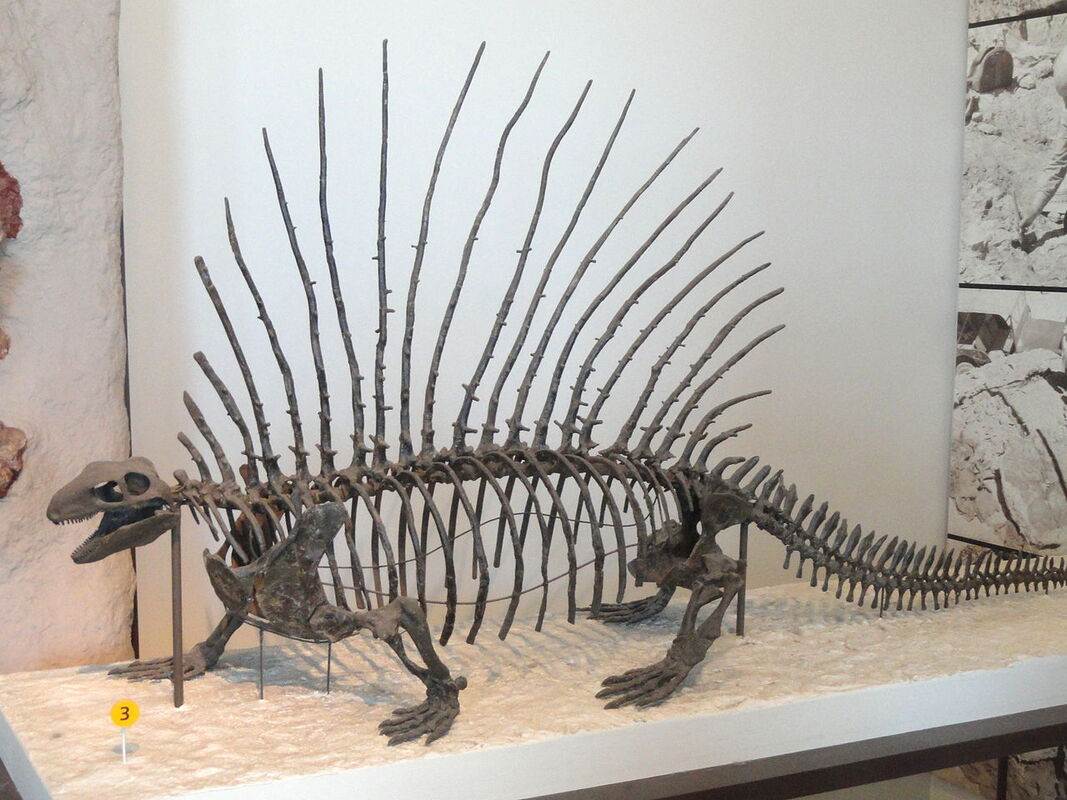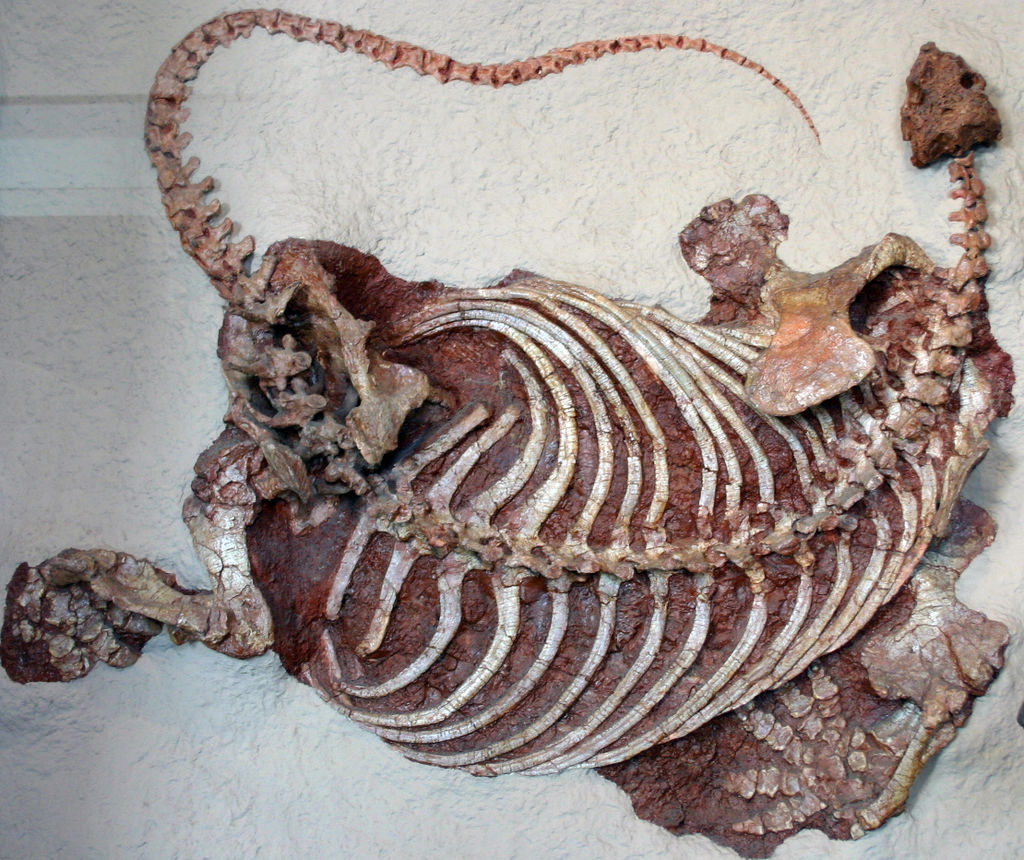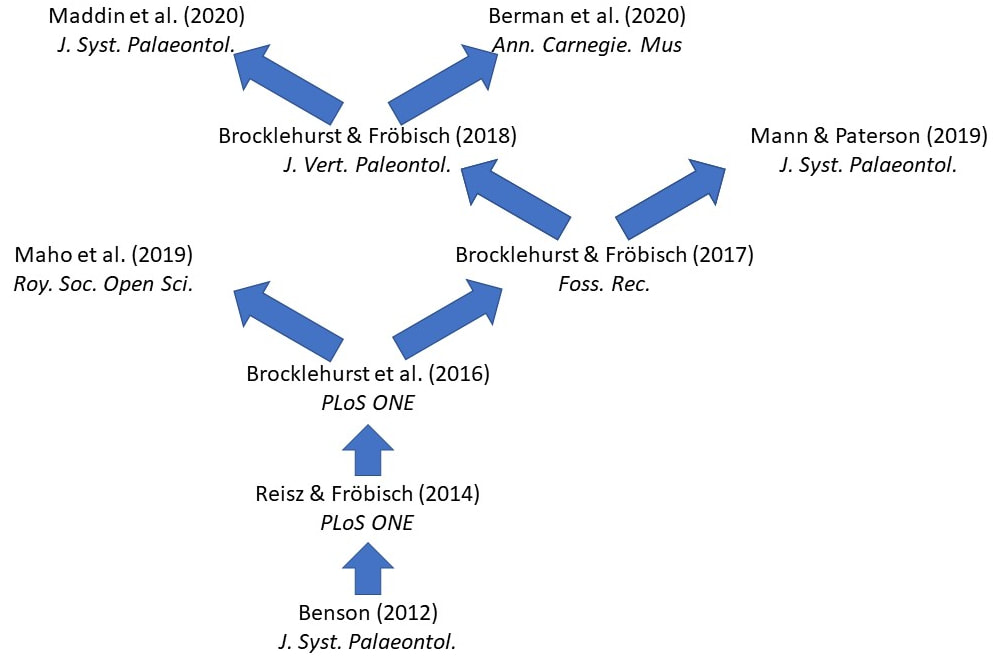Phylogenetic analysis of Pelycosaurian-Grade Synapsids
Pelycosaurs are a grade of six families that lie at the very base of the mammalian stem. Yes, these guys include our ancestors. Also there are some exciting forms like the macro-predator Dimetrodon (left), earliest herbivore Edaphosaurus (middle) and pinhead Cotylorhynchus (right).




